Learn how digital business cards can eliminate printing costs, enhance networking interactions, and improve ROI during events. Explore who can benefit from them and what information to include to maximize their impact.
Start 14-Day Free Trial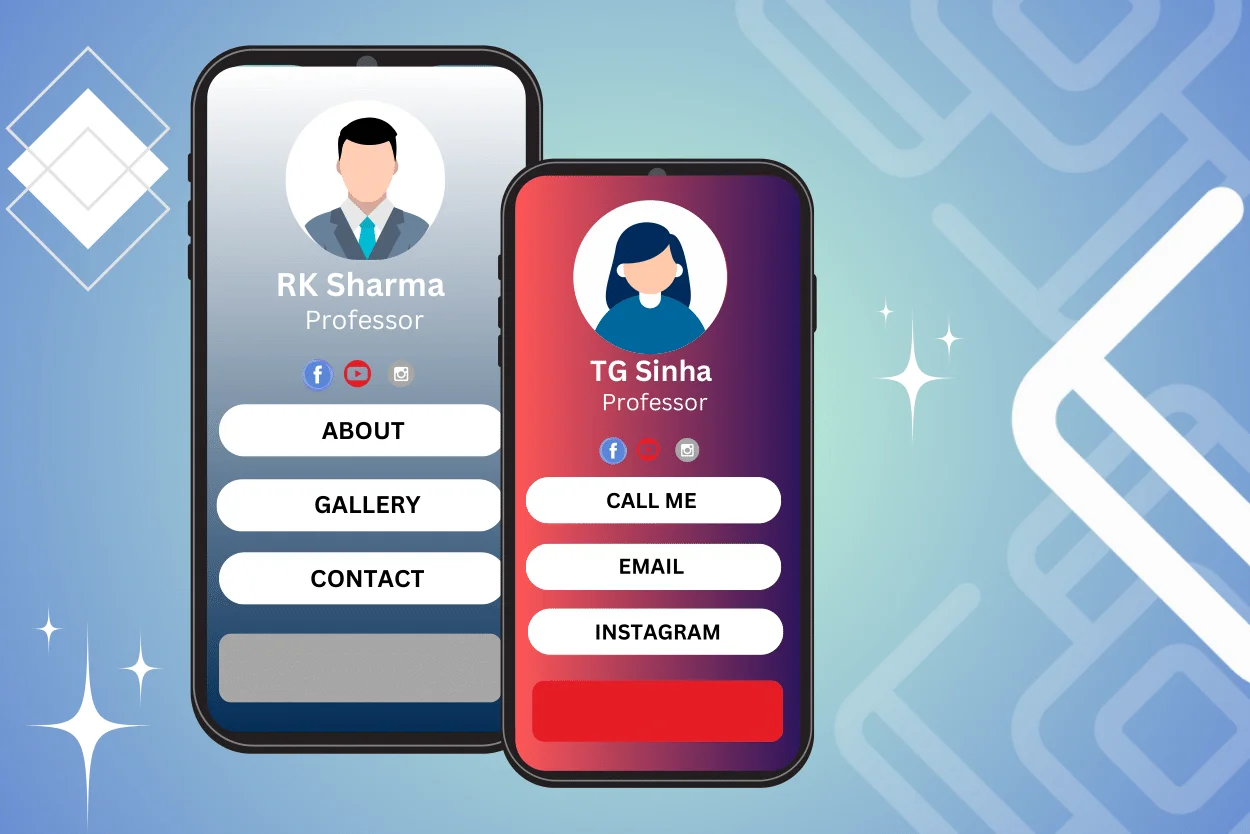
Physical events have made a strong comeback after a two-year hiatus. About 98% of event organizers plan to host at least one in-person event in 2023, and 95% of marketers believe events help achieve their business goals. While events provide opportunities for genuine connections, your choice of networking tools can significantly impact your success.
When distributing contact information via paper business cards, they often get lost among hundreds of others exchanged at the event. Additionally, tracking engagement metrics like total views or unique viewers is impossible with paper cards, making it hard to assess outcomes and follow up effectively.
Switching to digital business cards (or virtual business cards) offers a more efficient way to optimize your event networking. Continue reading for a comprehensive guide on using digital business cards at events.
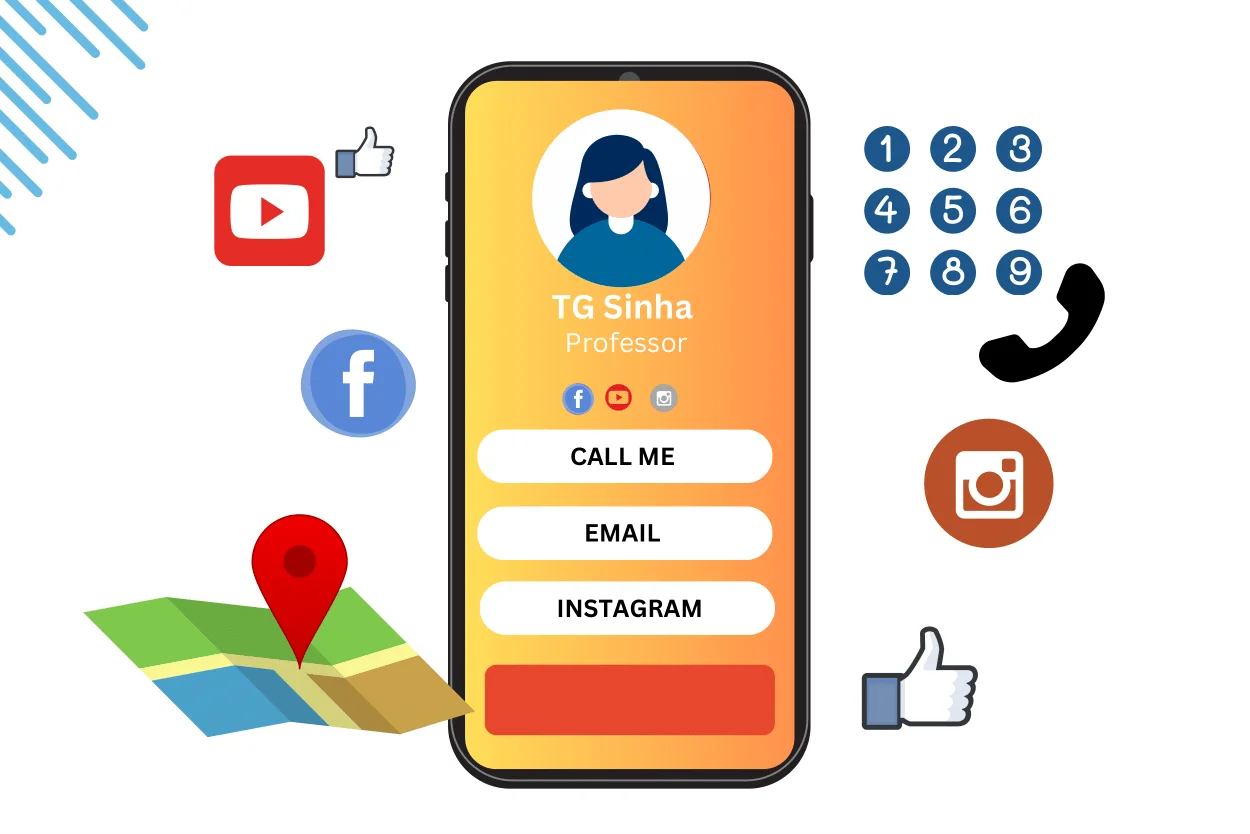
Digital business cards allow you to present your expertise and identity interactively and thoughtfully. Unlike paper cards with limited space, digital cards offer:
Recipients can interact with these details with a click, such as contacting you via a clickable phone number or exploring your credentials with a single URL click.
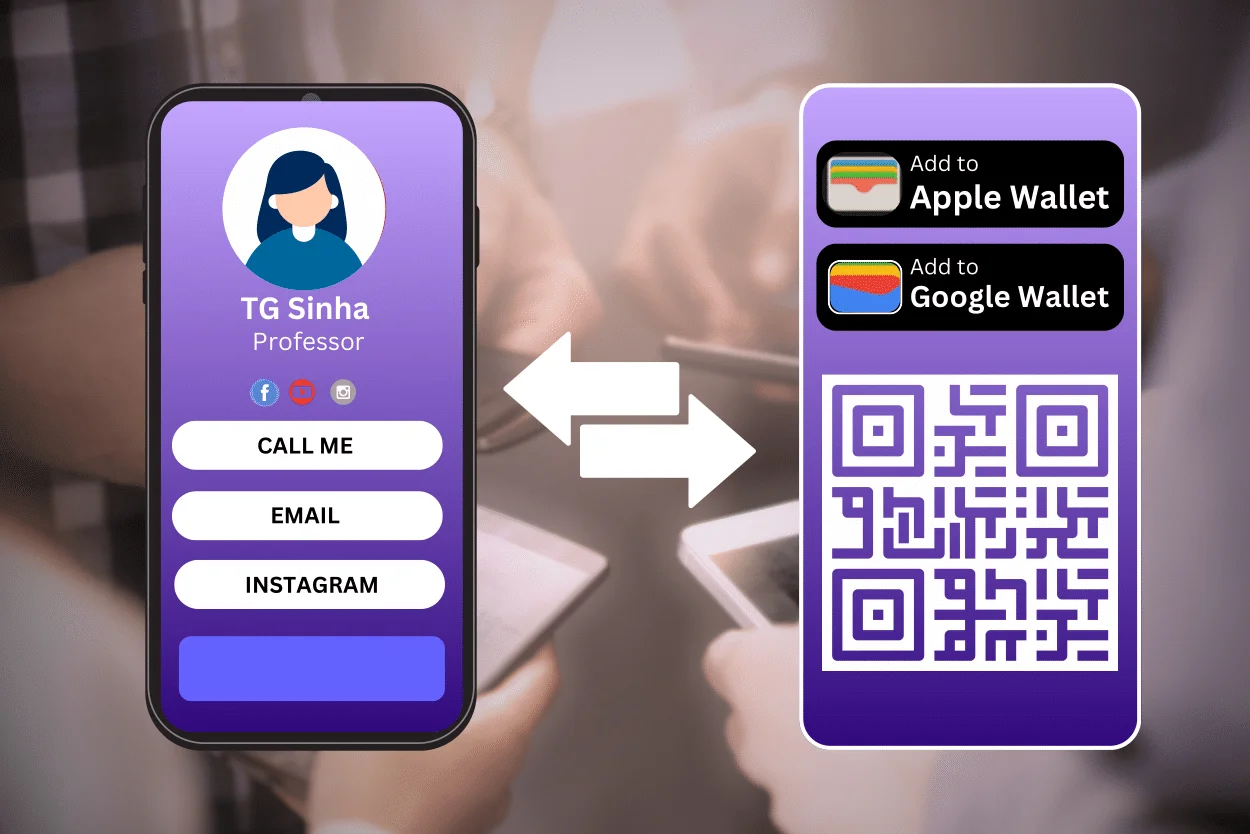
Nearly 60% of consumers prefer brands offering contactless experiences. Digital business cards facilitate a contactless exchange during events. You can distribute your card by:
With digital business cards, you no longer need to carry stacks of paper cards to events. Store your digital card on your mobile device (as an Apple or Google Wallet pass or QR Code) and share it as many times as needed without running out of copies. Plus, you won’t risk misplacing or forgetting it since it’s always accessible on your device.
Paper business cards can be costly, averaging $194 per employee in the US annually. For those attending multiple events, costs can quickly add up. Additionally, if contact details change, reprinting a large batch becomes necessary, further increasing costs.
Digital business cards, on the other hand, can be as low as $48 per team member per year, saving up to 75% on expenses. You can update your digital card’s details in real-time, eliminating reprinting costs and further reducing overhead.
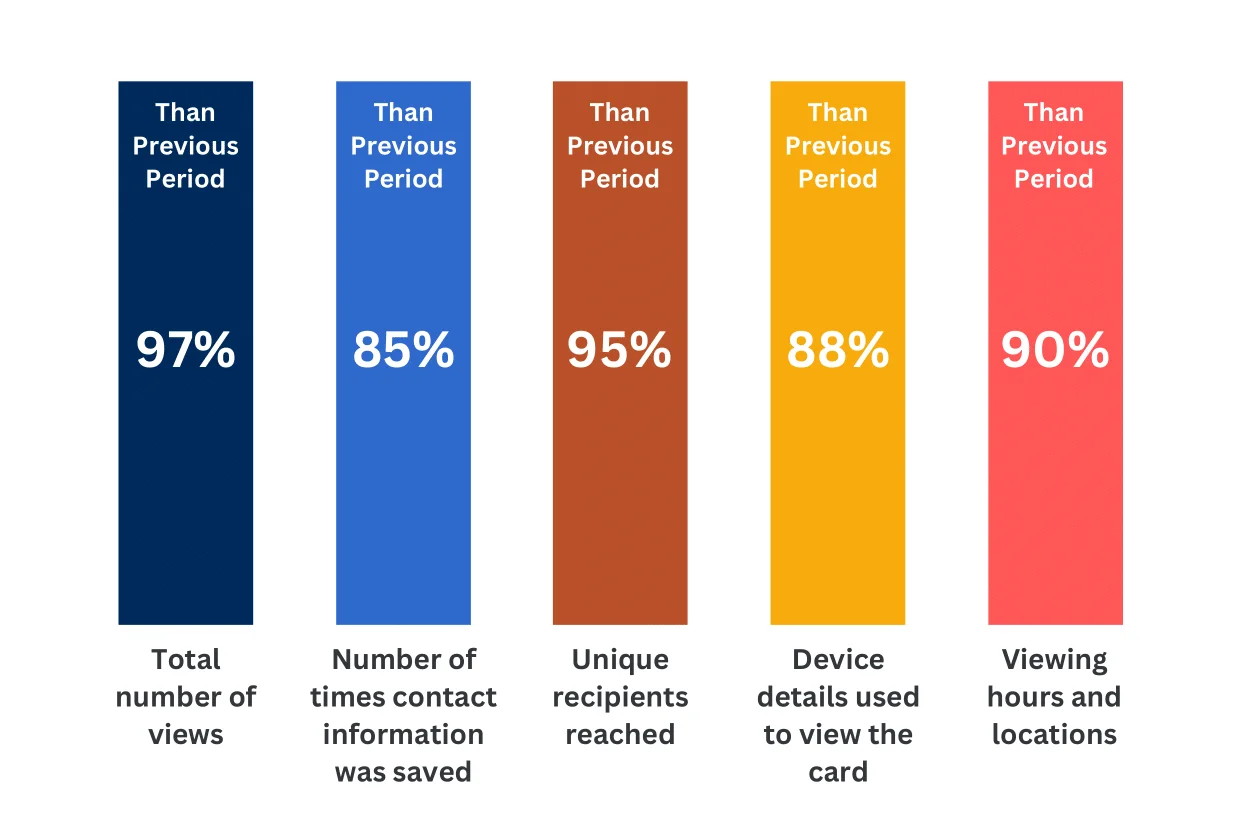
Unlike physical cards, digital business cards offer the ability to track engagement metrics, such as:
These insights help assess the ROI of your event networking and refine your approach based on data-driven results.
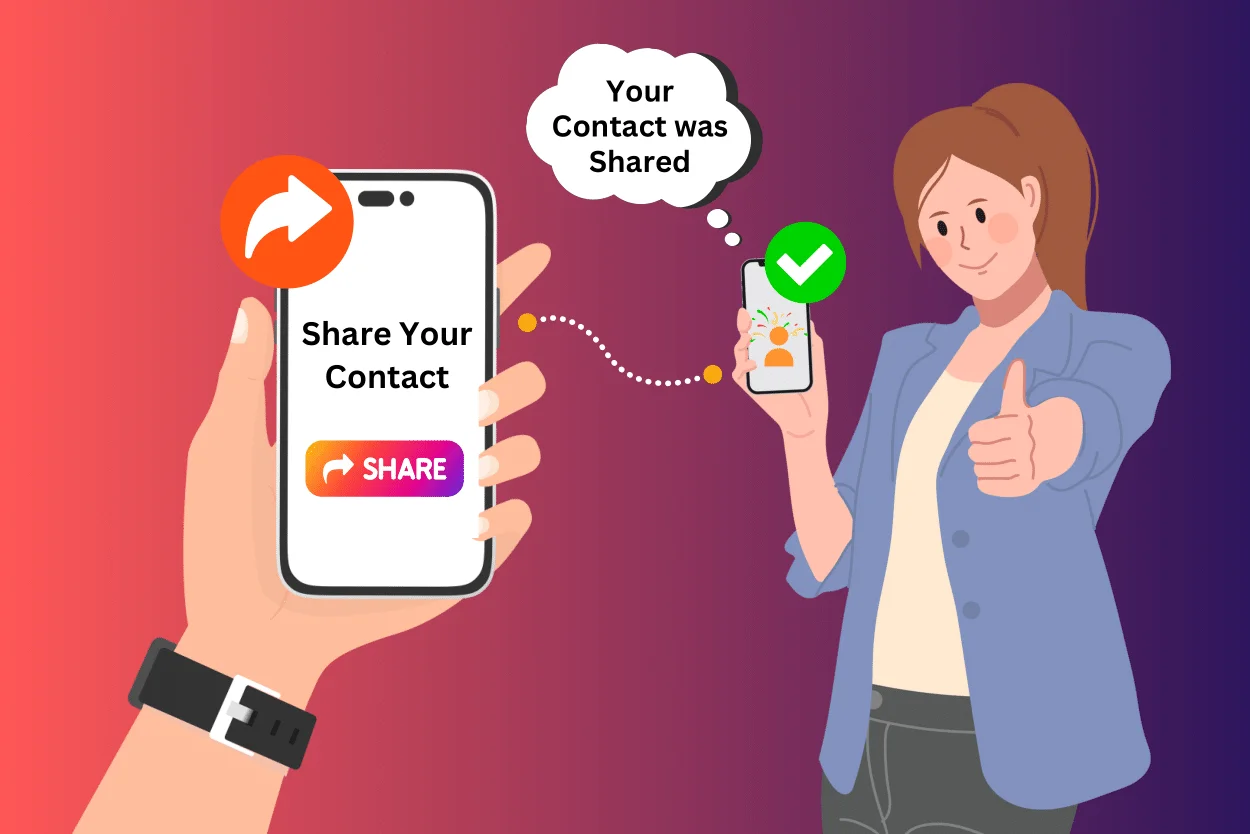
Obtaining a prospect’s contact information during an event can be cumbersome, especially if they don’t have a business card to exchange. Digital business cards facilitate two-way contact sharing, where prospects submit their information via a form on the card you share. This data is automatically recorded as a lead entry in your digital address book, which can be managed and exported to CRM platforms like Salesforce via Zapier.
Physical business cards often contribute to deforestation and plastic waste. By using digital business cards, you help reduce these environmental impacts. They offer a paperless solution, allowing for sustainable networking practices. Additionally, using digital cards at events projects eco-friendliness, appealing to clients who value sustainability.